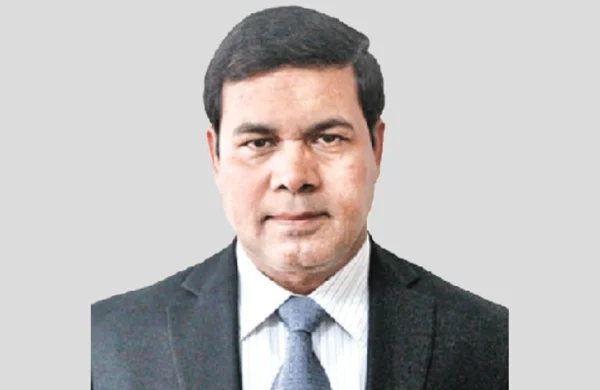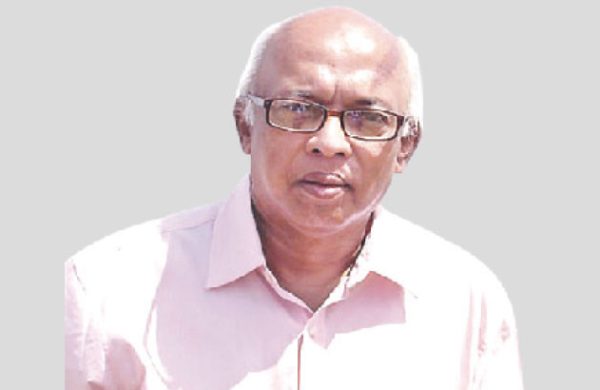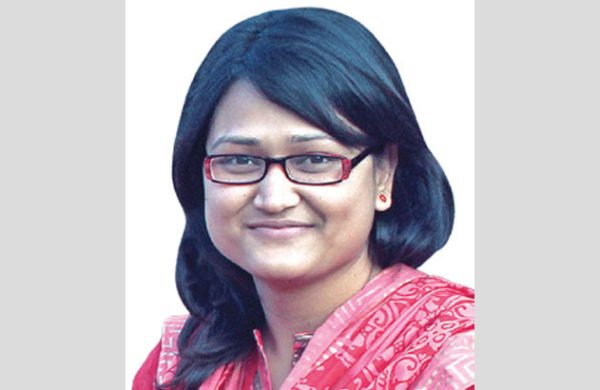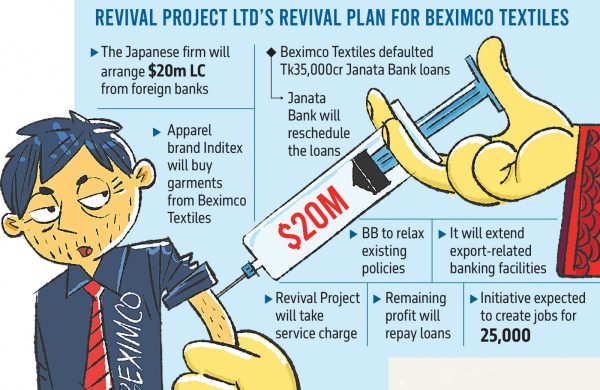How aggressive drug marketing can be curbed
- Update Time : Thursday, August 7, 2025
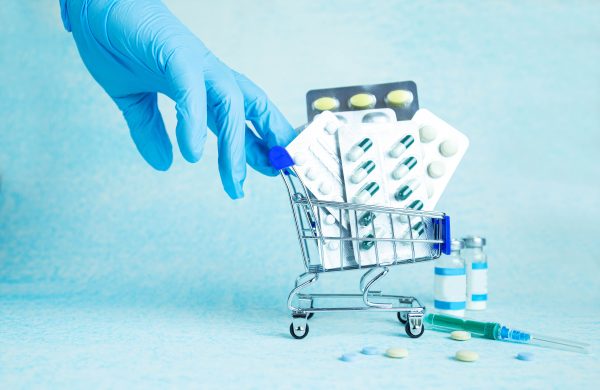
—Dr Syed Abdul Hamid—
The National Drug Policy of 1982 enabled Bangladesh to achieve self-sufficiency in pharmaceutical production. Today, approximately 98 percent of the country’s medicine demand is met by local manufacturers, with exports reaching around 150 countries. The pharmaceutical industry has become a major player in Bangladesh’s industrial landscape, contributing about 1.8 percent to the national GDP. Currently, over 300 companies are engaged in the manufacturing of allopathic drugs, while 206 firms produce Ayurvedic medicines and 44 companies manufacture herbal products.
However, the sector is now facing a serious crisis, primarily caused by overly aggressive marketing strategies. Through medical representatives, pharmaceutical companies are allegedly spending vast amounts under the guise of offering gifts, honoraria, foreign trips, and participation in scientific conferences to doctors, paramedics, village doctors, quacks, and even salespersons at local drugstores. The situation has now become such that many beneficiaries feel entitled to request household items or even support for their children’s needs from pharmaceutical companies.
These marketing practices contribute less to market expansion and more to unnecessary competition, wasteful expenditure, unethical influence over physicians, and most alarmingly, a steep rise in drug prices.
Despite the massive scale of this industry, Bangladesh lacks an adequate and effective regulatory infrastructure. At present, the sector is regulated by the Directorate General of Drug Administration (DGDA), which oversees drug company approvals, individual drug registrations, raw material certification, pharmacovigilance, regular inspections, pharmacy licensing, and drug pricing.
The DGDA is also responsible for approving bioequivalence and biosimilar tests, which are crucial for assessing the quality of medicines. The Drugs and Cosmetics Act, 2023 has further expanded the DGDA’s jurisdiction to include the regulation of cosmetics. Since many pharmaceutical owners are actively involved in politics and some even served as parliamentary members, it has been increasingly difficult for the DGDA, a directorate-level institution, to regulate such a powerful and politically connected industry effectively.
Therefore, it is imperative to upgrade the DGDA into a full-fledged commission or authority, led by an individual of ministerial rank. This body should be supported with a modern organisational structure, an independent pay scale, regular recruitment of qualified professionals, clear career paths, and domestic and international training opportunities. Such reforms would significantly enhance the capacity of the regulatory body to meet current challenges.
However, the DGDA should not be involved in drug pricing. According to the 1982 drug policy, the Ministry of Health and Family Welfare is responsible for determining and controlling the prices of 117 essential medicines based on a pre-established formula, with assistance from the DGDA. Yet in practice, this is rarely done. As the ministry is a direct organ of the government, any price hike becomes politically sensitive, impacting the government’s image. Consequently, the prices of these essential drugs are seldom revised.
Without regular, rational price adjustments, producing these essential drugs becomes commercially unviable. As a result, most companies have stopped manufacturing them. The 1982 policy mandated that every drug manufacturer allocate 60 percent of their production to essential drugs. In return, they were allowed to determine the prices of other drugs themselves.
To keep medicine prices within reasonable limits, there is no alternative to formula-based pricing determined by the government. Not only would this ensure affordability, but it would also help eliminate aggressive marketing practices, as the associated costs would then be borne by the pharmaceutical companies themselves. Currently, as drug prices are largely set by companies with DGDA’s approval, marketing costs are ultimately passed on to consumers. Therefore, all drug pricing should be based on a transparent, government-prescribed formula.
In this regard, the cost components used in price calculation should be logically categorised. Additionally, the mark-ups for manufacturers and retailers must be regularly reviewed and set rationally. The 1982 policy defined five cost categories for essential drug pricing, which were expanded to nine categories in the 2005 policy.
It is important to remember that medicine is a commercial product, and thus, no company will produce it without adequate profit. At the same time, life-saving drugs must not be a source of excessive profits. However, involving DGDA in drug pricing creates a conflict with its core mandate. Meanwhile, if the health ministry remains directly responsible for pricing, it will find it difficult to update prices regularly. It is also unrealistic to expect that any committee can perform such a wide-ranging task regularly.
Therefore, Bangladesh must establish a powerful, independent authority for drug pricing, similar to India’s National Pharmaceutical Pricing Authority. This approach would ensure that the responsibility of pricing decisions does not fall solely on the government, sparing it from political and reputational risks. Simultaneously, regular pricing updates would reduce uncertainty for drug companies, and consumers would be protected from abrupt price surges. This presents a win-win scenario for all stakeholders.
In addition to government initiatives, pharmaceutical industry leaders must step forward to curb aggressive marketing. In reality, due to unchecked and excessive promotional tactics, the marketing expenditure of many companies has ballooned to an unsustainable 60 to 70 percent of total costs, a burden that undermines long-term viability. These inflated costs are inevitably passed onto consumers, making essential medicines increasingly unaffordable and exposing the industry to public backlash.
Currently, the top 10 pharmaceutical companies control about 65 to 70 percent of Bangladesh’s pharmaceutical market. The top 20 hold 80 to 85 percent, and the top 30 control nearly 90 percent. If these companies work together—by ceasing unnecessary competition and adopting a joint policy to reduce marketing expenditure—they can easily maintain a sustainable business model without jeopardising their profits.
Moreover, doctors are unlikely to stop prescribing drugs from these top companies, as their products are trusted and well-established. If physicians were to replace these with substandard brands, it could spark public outrage—something no medical professional wants to risk. Therefore, the credibility of top companies will likely remain intact, even without aggressive promotion.
In this context, to ensure a robust and sustainable future, pharmaceutical leaders must voluntarily abandon aggressive marketing and pursue a structured, efficient, ethical, and sustainable marketing strategy. Simply put, the industry must cultivate a culture of internal accountability and self-regulation.
Failure to do so would jeopardise not just profits, but also impact the entire industry, public health, and the well-being of the people.
——————————————————————————
Dr Syed Abdul Hamid is professor at the Institute of Health Economics in University of Dhaka and convener of Alliance for Health Reforms Bangladesh (AHRB) and Network for Health Care Excellence (NHE).



